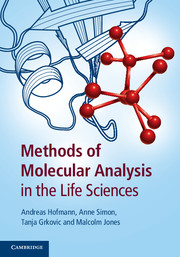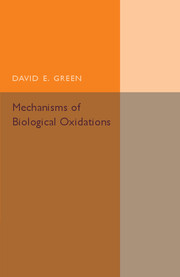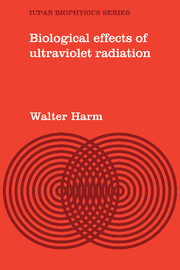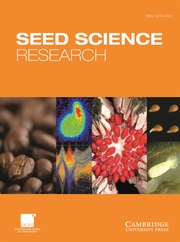A Life Scientist's Guide to Physical Chemistry
Motivating students to engage with physical chemistry through biological examples, this textbook demonstrates how the tools of physical chemistry can be used to illuminate biological questions. It clearly explains key principles and their relevance to life science students, using only the most straightforward and relevant mathematical tools. More than 350 exercises are spread throughout the chapters, covering a wide range of biological applications and explaining issues that students often find challenging. These, along with problems at the end of each chapter and end-of-term review questions, encourage active and continuous study. Over 130 worked examples, many deriving directly from life sciences, help students connect principles and theories to their own laboratory studies. Connections between experimental measurements and key theoretical quantities are frequently highlighted and reinforced. Answers to the exercises are included in the book. Fully worked solutions and answers to the review problems, password-protected for instructors, are available at www.cambridge.org/roussel.
- All applications and exercises relate directly to life sciences systems, contextualizing physical chemistry for life sciences students
- More than 350 exercises cover a wide range of biological applications and explain issues that students often find challenging
- Problems at the end of each chapter, plus end-of-term review questions, encourage active and continuous study
Reviews & endorsements
'The author has intentionally reduced the amount of mathematics, while introducing some necessary mathematical concepts with a 'just-in-time' approach … One unique feature is the incorporation of exercises throughout the text, rather than just at the end of each chapter … This is a very appealing format; as instructors, we are often asked by students which problems they should practice if they are having trouble with particular concepts, and the approach of this text makes this very clear … the author writes in an informal and approachable voice that students will find appealing.' Surita R. Bhatia, Quarterly Review of Biology
'Professor Roussel has produced a fantastic book for those interested in learning about physical chemistry. Although it is aimed at students of the life sciences, anyone can benefit from his clear explanations and worked examples. His writing style is very conversational, which makes reading the text a pleasure. The choices of problems are relevant and interesting, as are the suggested readings. I highly recommend this book to anyone who plans on teaching a course in physical chemistry for biochemists and molecular biologists.' Michael S. Sommer, University of Wyoming
'Although conversational in style … this is a rigorous, authoritative and yet remarkably up-to-date piece of work. It will be particularly enticing for biochemistry and molecular biology students, and seems destined to go through many more editions in future.' Dr Bernard Dixon OBE, The Biologist
'Roussel's text would be very well suited for our one-semester physical chemistry for life sciences course.' Jochen Autschbach, State University of New York, Buffalo
Product details
April 2012Hardback
9781107006782
456 pages
255 × 184 × 25 mm
1.04kg
113 b/w illus. 18 tables 360 exercises
Available
Table of Contents
- Preface
- 1. Orientation: what is physical chemistry about?
- A note on graph axis labels and table headings
- Part I. Quantum Mechanics and Spectroscopy:
- 2. A quick tour of quantum mechanical ideas
- 3. Spectroscopy
- Part II. Thermodynamics:
- 4. Thermodynamics preliminaries
- 5. The first law
- 6. The second law of thermodynamics
- 7. Free energy
- 8. Chemical equilibrium and coupled reactions
- 9. Non-ideal behavior
- 10. Electrochemistry
- Part III. Kinetics:
- 11. Basics of chemical kinetics
- 12. Initial rate experiments and simple empirical rate laws
- 13. Integrated rate laws
- 14. Complex reactions
- 15. Enzyme kinetics
- 16. Techniques for studying fast reactions
- 17. Factors that affect the rate constant
- 18. Diffusion and reactions in solution
- Appendix A. End-of-term review problems
- Appendix B. Answers to exercises
- Appendix C. Standard thermodynamic properties at 298.15K and 1 bar
- Appendix D. Standard reduction potentials at 298.15K
- Appendix E. Physical properties of water
- Appendix F. The SI system of units
- Appendix G. Universal constants and conversion factors
- Appendix H. Periodic table of the elements, with molar masses
- Appendix I. Selected isotopic masses and abundances
- Appendix J. Exponentials and logarithms
- Appendix K. Review of integral calculus
- Index.







